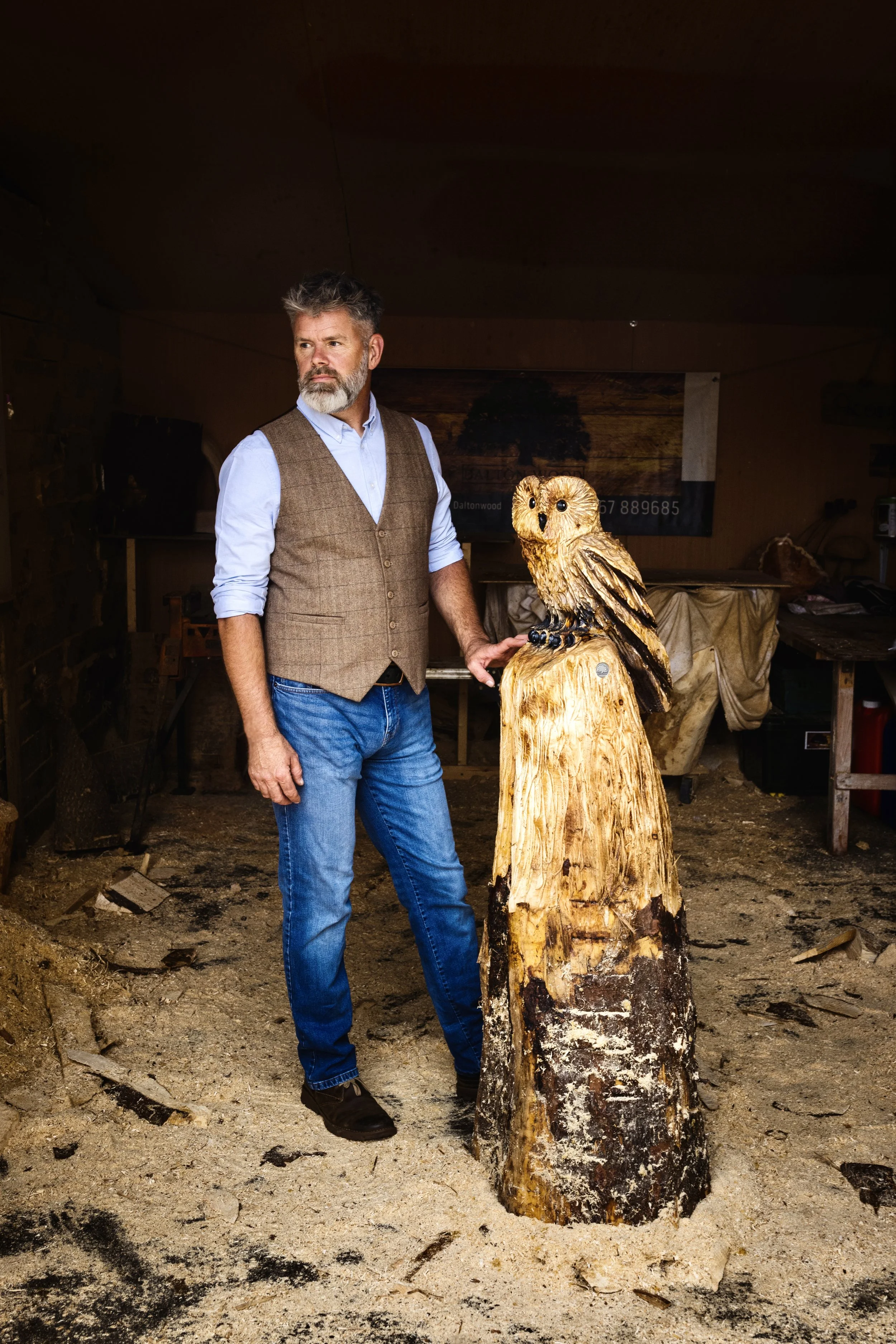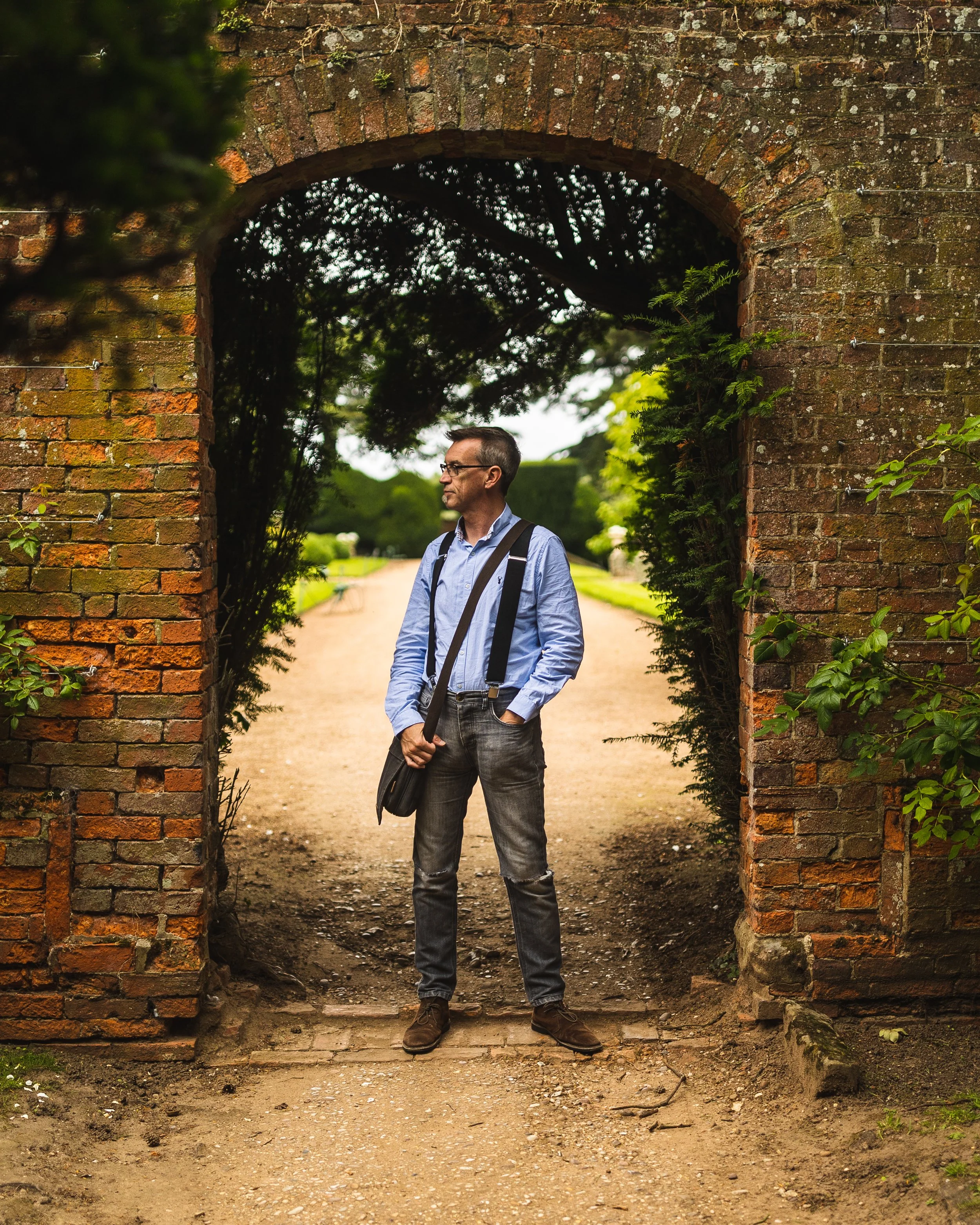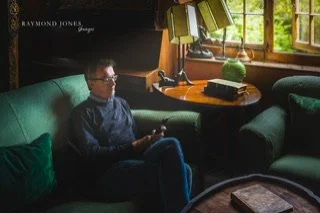In the fast-evolving realm of photography, I made a pivotal decision two years ago that changed my entire perspective – I transitioned to mirrorless cameras, and the experience has been nothing short of transformative.
One of the paramount advantages that immediately drew me towards mirrorless technology was the ability to preview my shots with unrivaled precision through the digital viewfinder. Unlike the analogue viewfinders of traditional DSLRs, the digital viewfinder of my mirrorless camera provides an exact representation of the scene, allowing me to see precisely what I'm about to capture. This real-time feedback enhances my creative process and ensures that I can fine-tune my composition before pressing the shutter button.
The primary catalyst for this camera transition was the persistent focus issues I encountered with my digital SLRs. The analogue viewfinders occasionally struggled to nail the focus accurately, leading to frustrating instances of missed shots and the need for frequent lens calibrations. Enter mirrorless cameras, and this problem became a relic of the past. The advanced autofocus systems in mirrorless cameras have not only eradicated focus inconsistencies but have also saved me both money and time previously spent on sending my lenses for calibration.
Embracing mirrorless technology has not just been a shift in gear; it's been a game-changer for my photography journey. The assurance of precise focus coupled with the convenience of a digital viewfinder has elevated my creative process, making every shot a confident and calculated capture. As I reflect on the past two years, I can confidently say that I haven't looked back since making the switch to mirrorless – it's a decision that has enriched my photographic endeavours in more ways than one.
Ray







